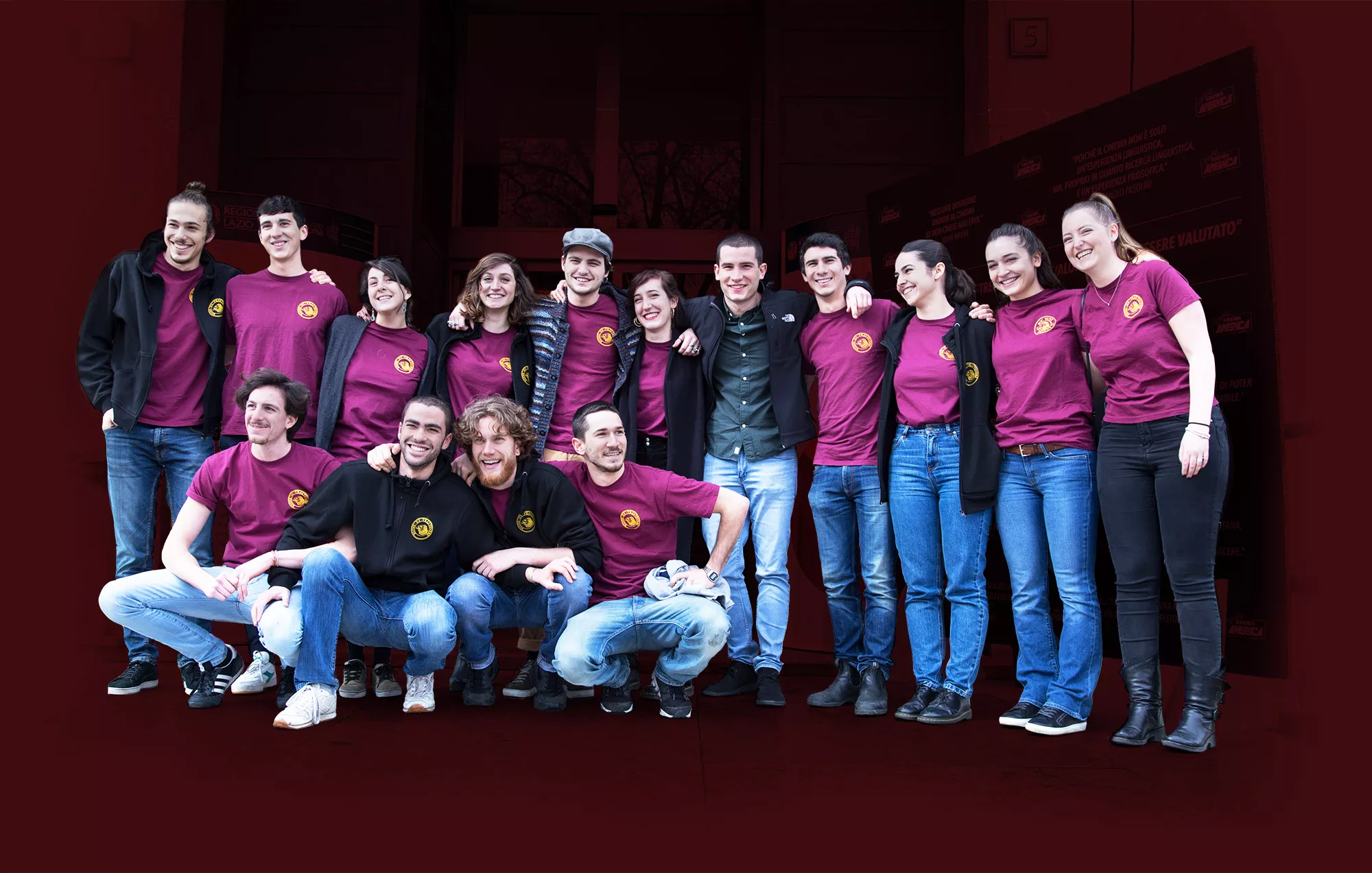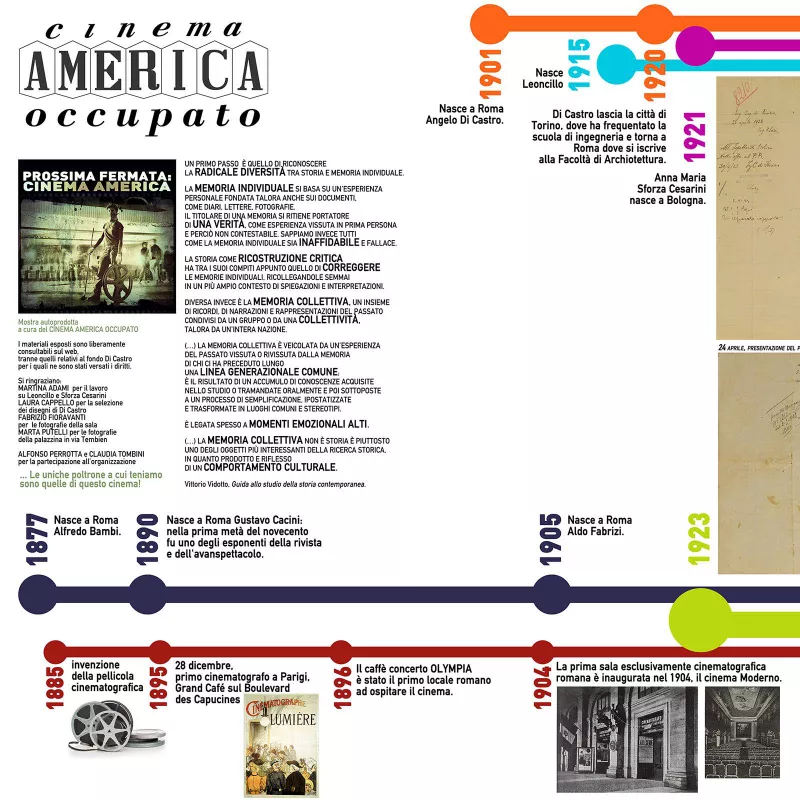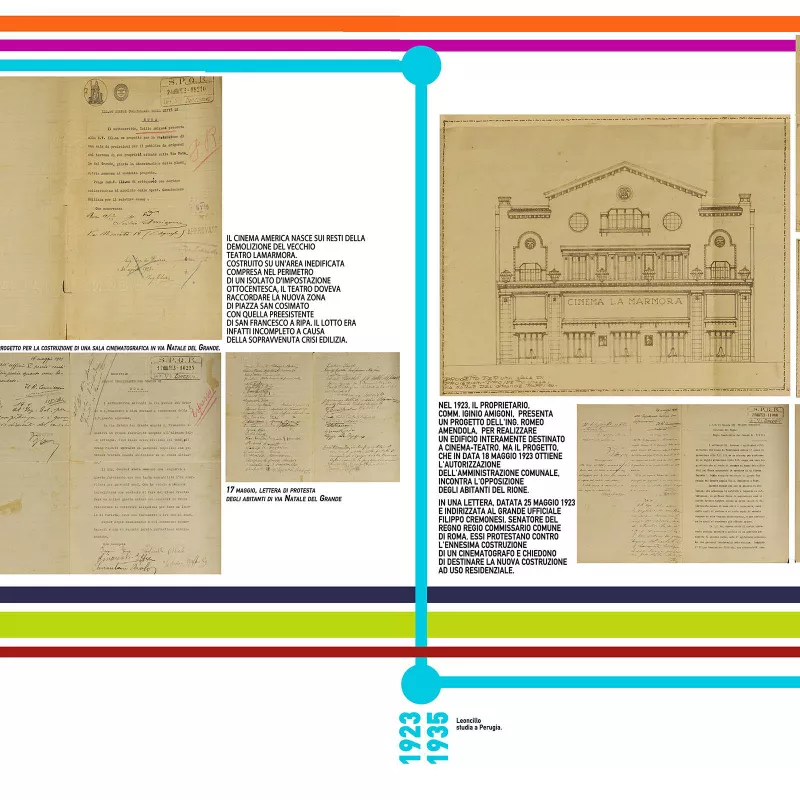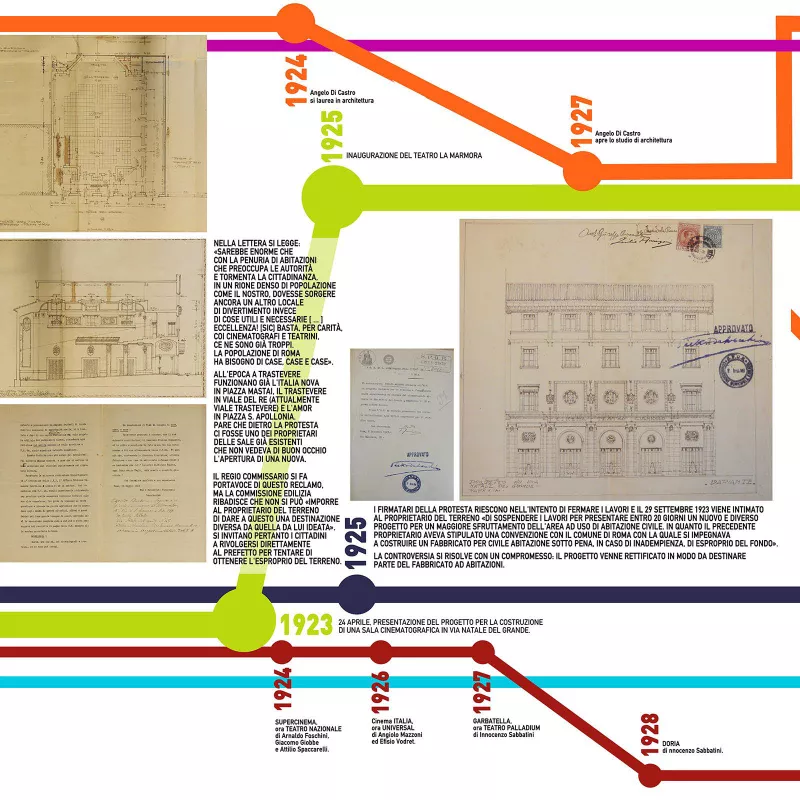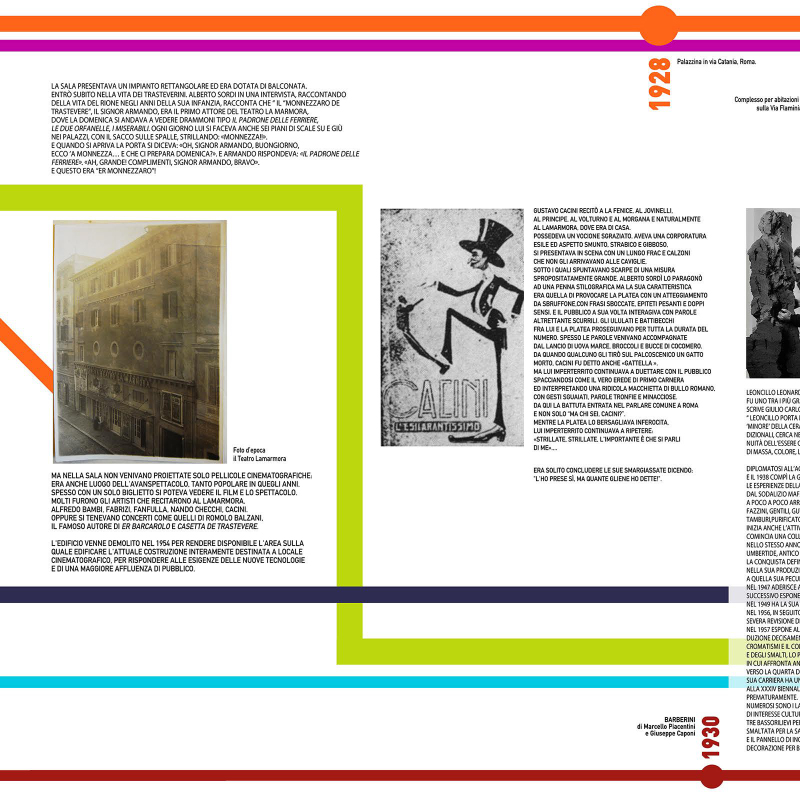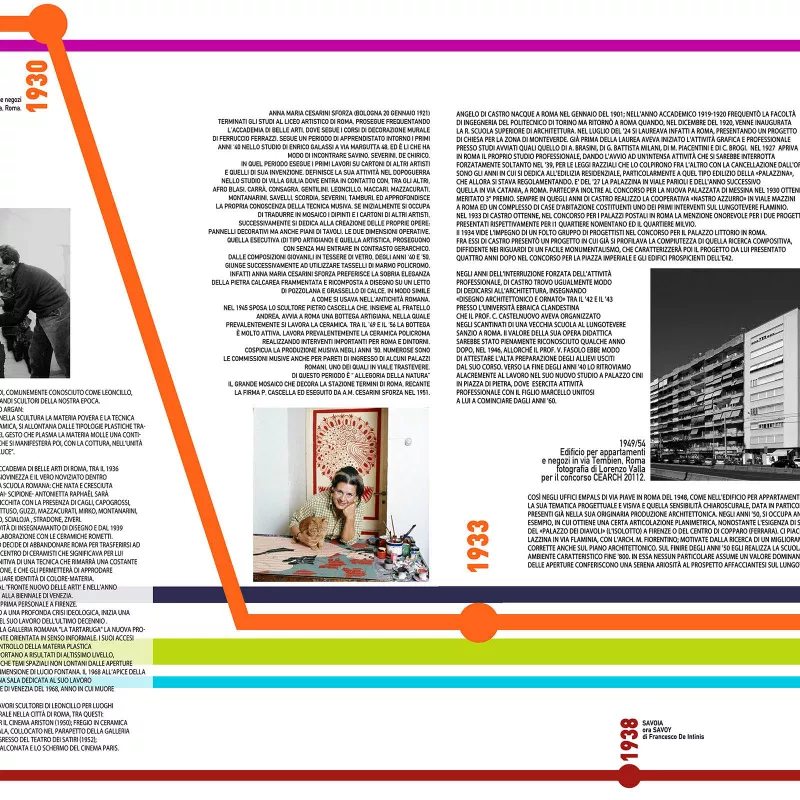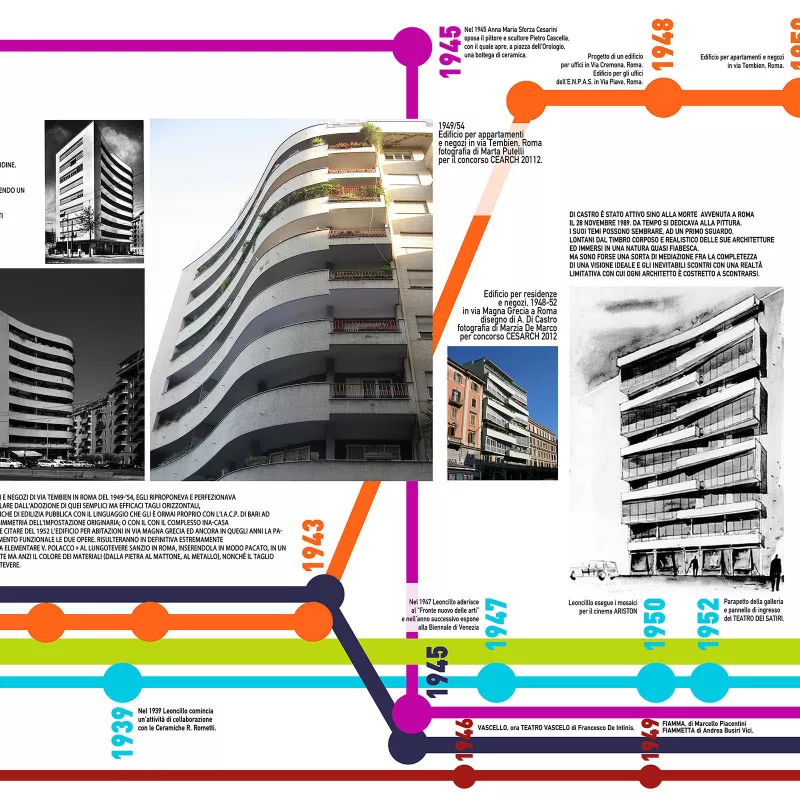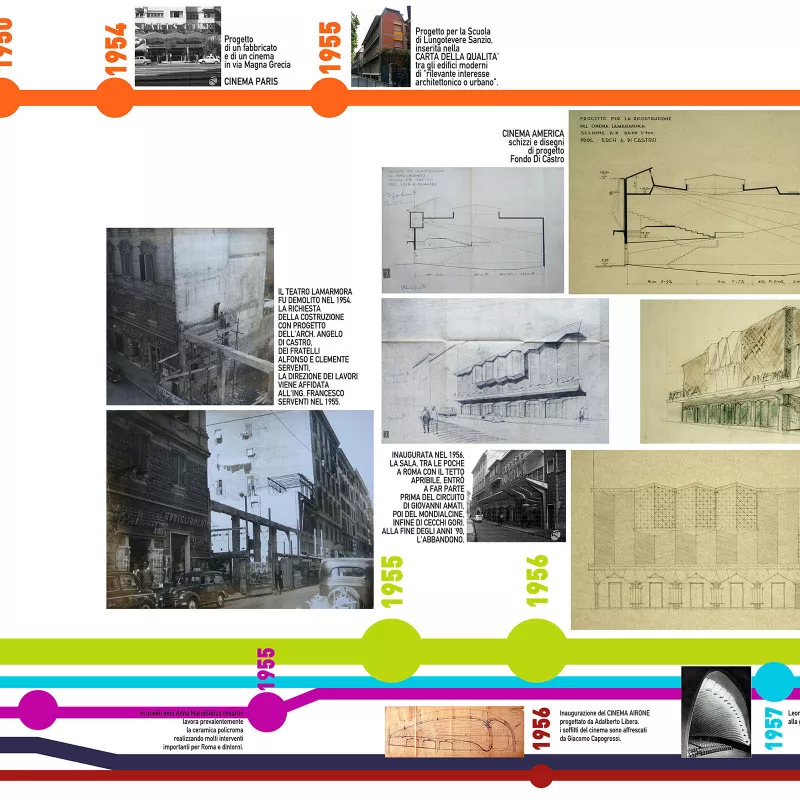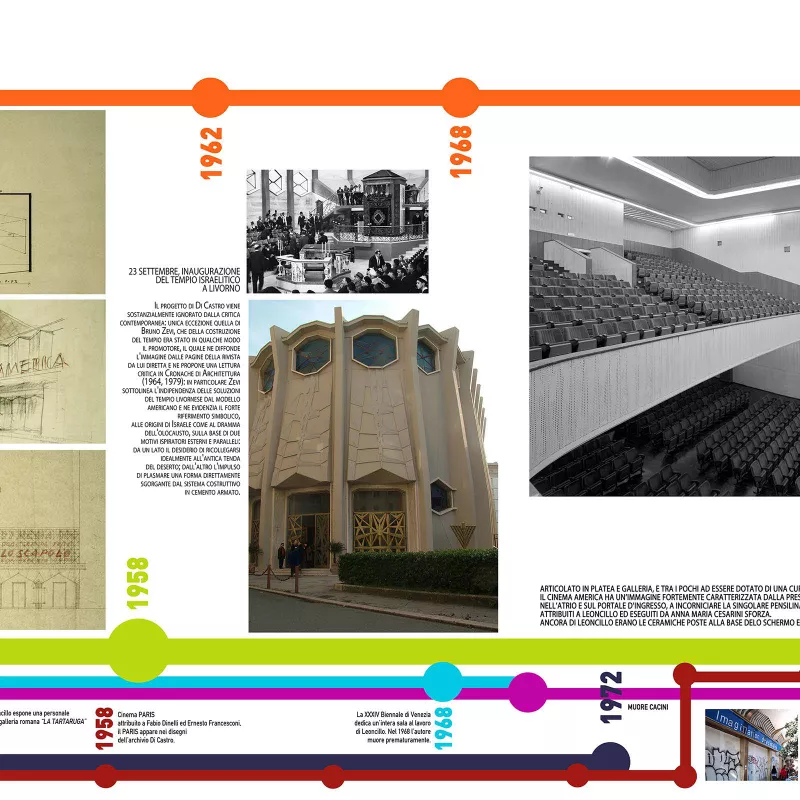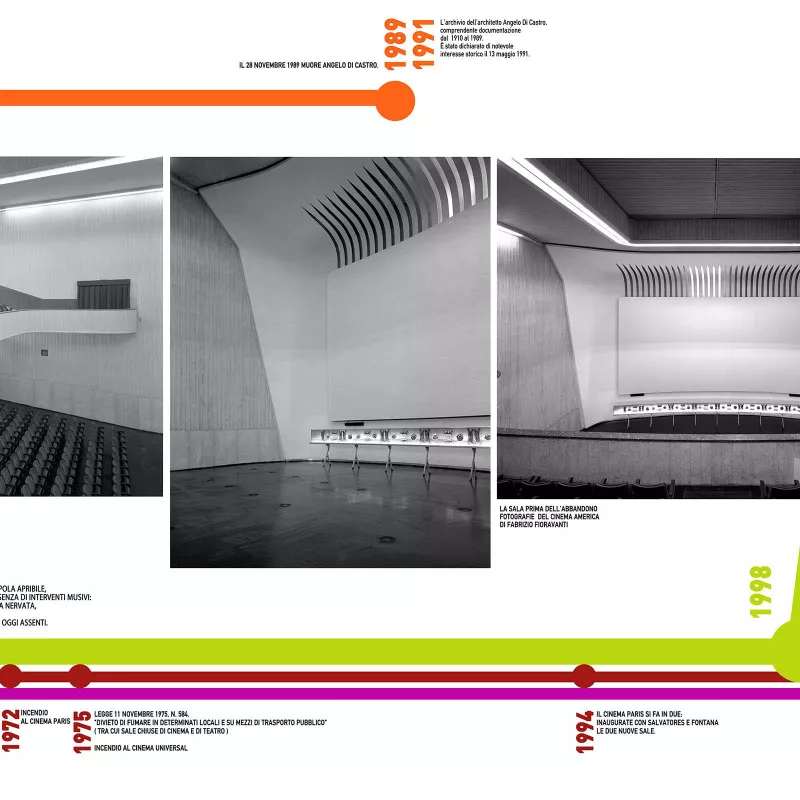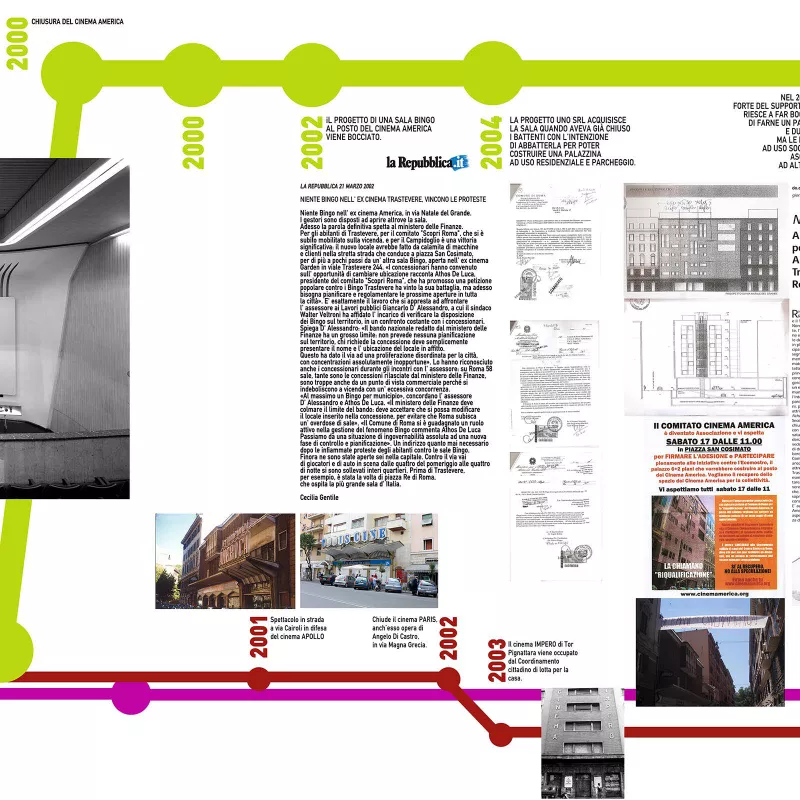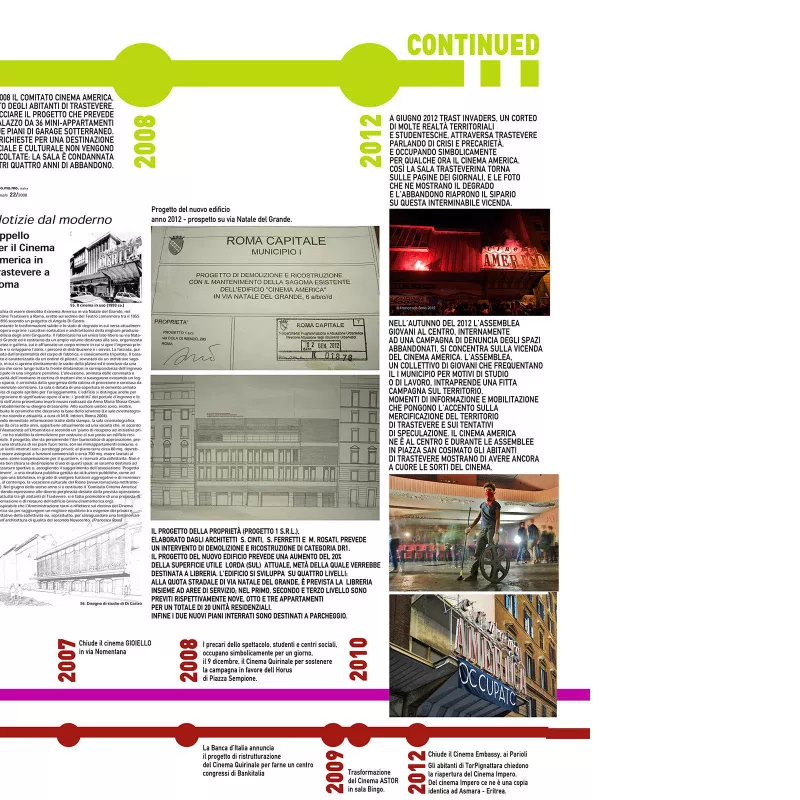La Fondazione Piccolo America nasce nel settembre 2014 dall’esperienza di “Assemblea Giovani al Centro”, un collettivo di ragazze e ragazzi delle scuole del centro di Roma, principalmente provenienti dalla periferia, che dal 2011 cercavano spazi dove dare vita a un’alternativa culturale al consumo connesso alla movida e al turismo. Quella prima assemblea permanente porta alla formazione del collettivo degli occupanti del Cinema America, un gruppo eterogeneo che dà vita alla vivace esperienza culturale di via Natale del Grande.
Oggi, tuttavia, al Piccolo America la definizione di associazione sta stretta. Il gruppo è in realtà un’entità molto più vasta e fluida: un collettivo composto da amici, ma anche una rete che coinvolge genitori, nonni, fratelli e amici che partecipano spesso agli eventi e aiutano con le loro idee e competenze, rendendo l’esperienza una vera e propria famiglia allargata che si attiva a seconda delle necessità.
Tra le iniziative promosse in questi anni, ricordiamo gli Schermi Pirata, che hanno portato le immagini dei grandi film sui muri e i monumenti della città, e Il Cinema in Piazza, che ha coinvolto gran parte del mondo cinematografico italiano e internazionale, da Asghar Farhadi a Paul Schrader, da Jeremy Irons a Ken Loach, e poi tra gli altri Stefania Sandrelli, Wim Wenders, Paweł Pawlikowski, Mathieu Kassovitz, JR, Roberto Benigni, Paolo Sorrentino, Matteo Garrone, Paolo Virzì, Francesca Archibugi, Paola Cortellesi e Carlo Verdone, senza dimenticare i compianti maestri Bernardo Bertolucci, Ennio Morricone, Gigi Proietti, Ettore Scola e Francesco Rosi.
Lo spirito di quanto fatto in oltre dieci anni di attività ha oggi portato alla riapertura del Cinema Troisi a Trastevere, uno spazio di cultura aperto a tutti, con una sala cinematografica all’avanguardia, un’aula studio aperta 365 giorni l’anno per 24 ore al giorno, un foyer-bar e una splendida terrazza.
Definire il Piccolo America è complicato per i suoi stessi protagonisti: è per questo che loro preferiscono farsi chiamare semplicemente i ragazzi del Cinema America.
